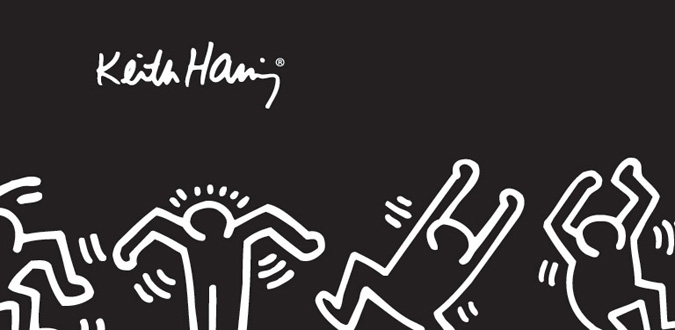From David Sheff’s 1989 Rolling Stone interview with the late artist Keith Haring, who used spare subway station panels as his canvas:
“How did you begin drawing in the subways?
One day, riding the subway, I saw this empty black panel where an advertisement was supposed to go. I immediately realized that this was the perfect place to draw. I went back above ground to a card shop and bought a box of white chalk, went back down and did a drawing on it. It was perfect – soft black paper; chalk drew on it really easily.
I kept seeing more and more of these black spaces, and I drew on them whenever I saw one. Because they were so fragile, people left them alone and respected them; they didn’t rub them out or try to mess them up. It gave them this other power. It was this chalk-white fragile thing in the middle of all this power and tension and violence that the subway was. People were completely enthralled.
Except the police.
Well, I was arrested, but since it was chalk and could easily be erased, it was like a borderline case. The cops never knew how to deal with it. The other part that was great about it was the whole thing was a performance.
When I did it, there were inevitably people watching – all kinds of people. After the first month or two I started making buttons because I was so interested in what was happening with the people I would meet. I wanted to have something to make some other bonding between them and the work. People were walking around with little badges with the crawling baby with glowing rays around it. The buttons started to become a thing now, too; people with them would talk to each other, there was a connection between people in the subway.
The subway pictures became a media thing, and the images started going out into the rest of the world via magazines and television. I became associated with New York and the hip-hop scene, which was all about graffiti and rap music and break dancing. It had existed for five years or more, but it hadn’t really started to cross over into the general population. It was incredibly interesting to me that it was reaching all kinds of people in different levels from different backgrounds. Then, in 1982, I had my first one-man show in New York at a big gallery, Tony Shafrazi, in SoHo.” (Thanks Longform.)
••••••••••
“You are known as the Michelangelo of the New York subway”:



